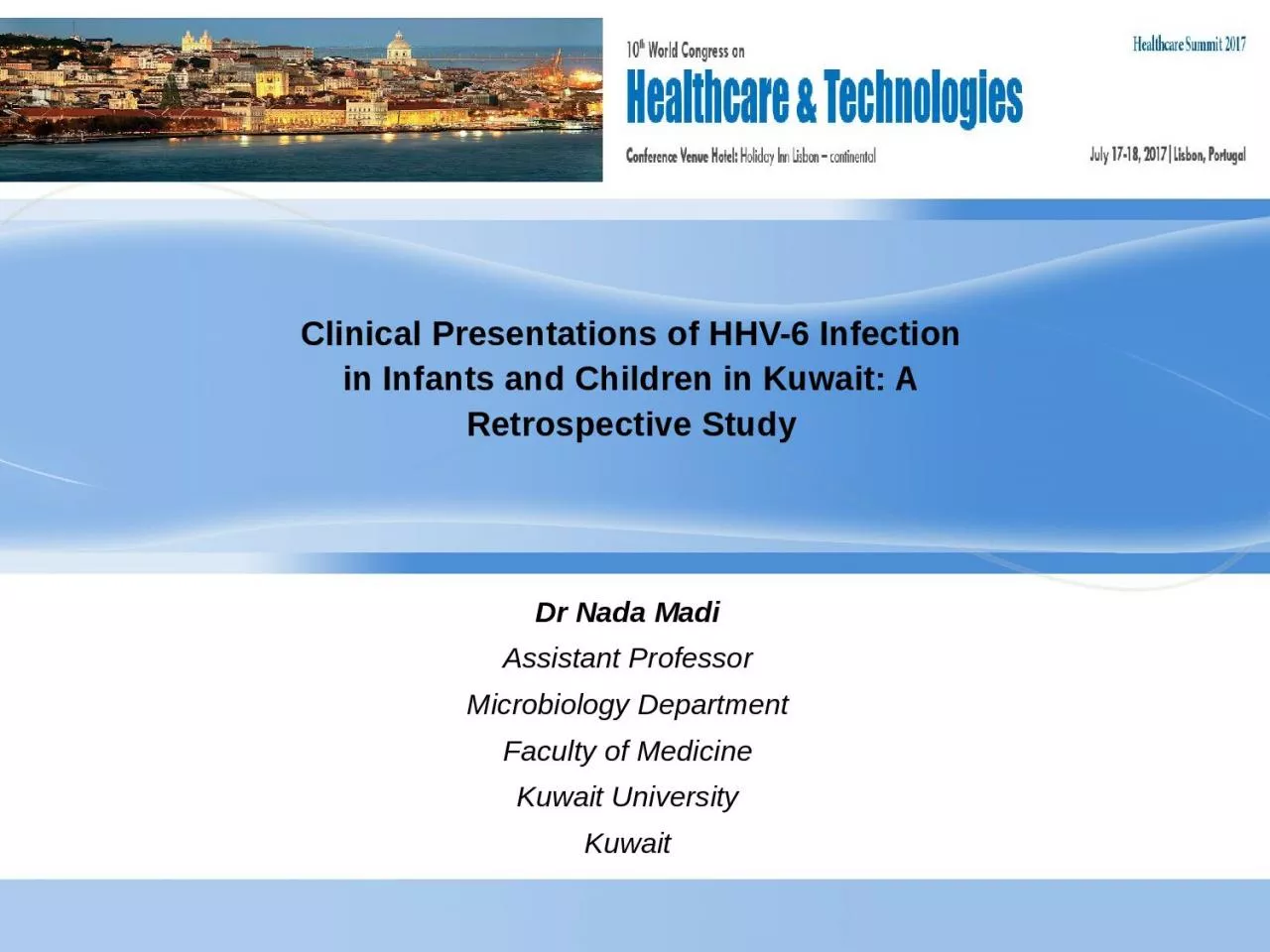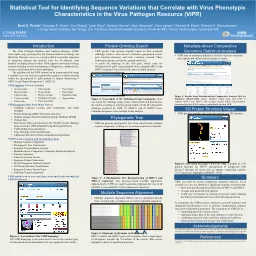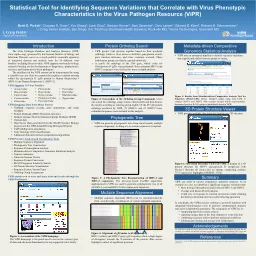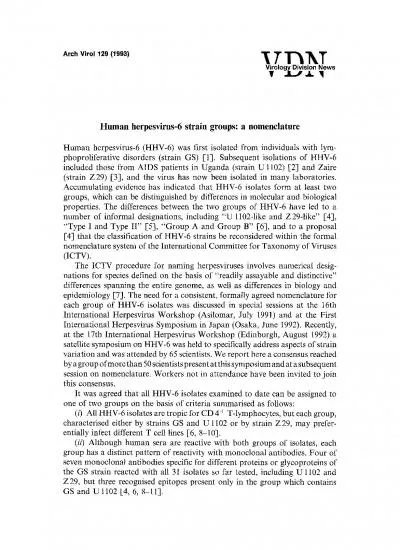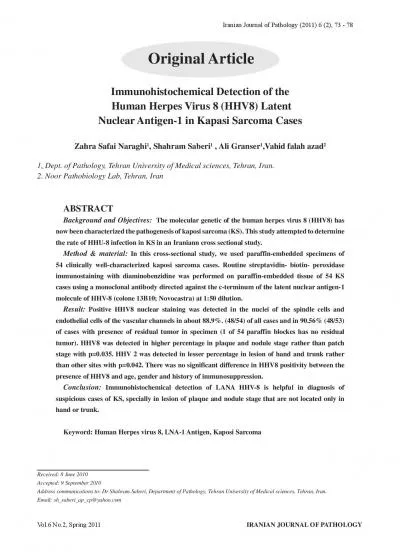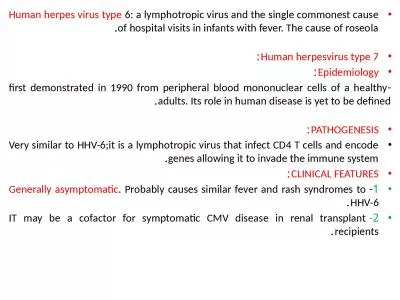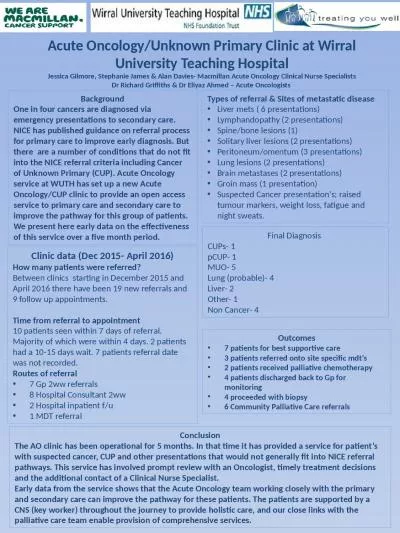PPT-Clinical Presentations of HHV-6 Infection
Author : esther | Published Date : 2022-06-11
in Infants and Children in Kuwait A Retrospective Study Dr Nada Madi Assistant Professor Microbiology Department Faculty of M edicine Kuwait University Kuwait
Presentation Embed Code
Download Presentation
Download Presentation The PPT/PDF document "Clinical Presentations of HHV-6 Infecti..." is the property of its rightful owner. Permission is granted to download and print the materials on this website for personal, non-commercial use only, and to display it on your personal computer provided you do not modify the materials and that you retain all copyright notices contained in the materials. By downloading content from our website, you accept the terms of this agreement.
Clinical Presentations of HHV-6 Infection: Transcript
Download Rules Of Document
"Clinical Presentations of HHV-6 Infection"The content belongs to its owner. You may download and print it for personal use, without modification, and keep all copyright notices. By downloading, you agree to these terms.
Related Documents

